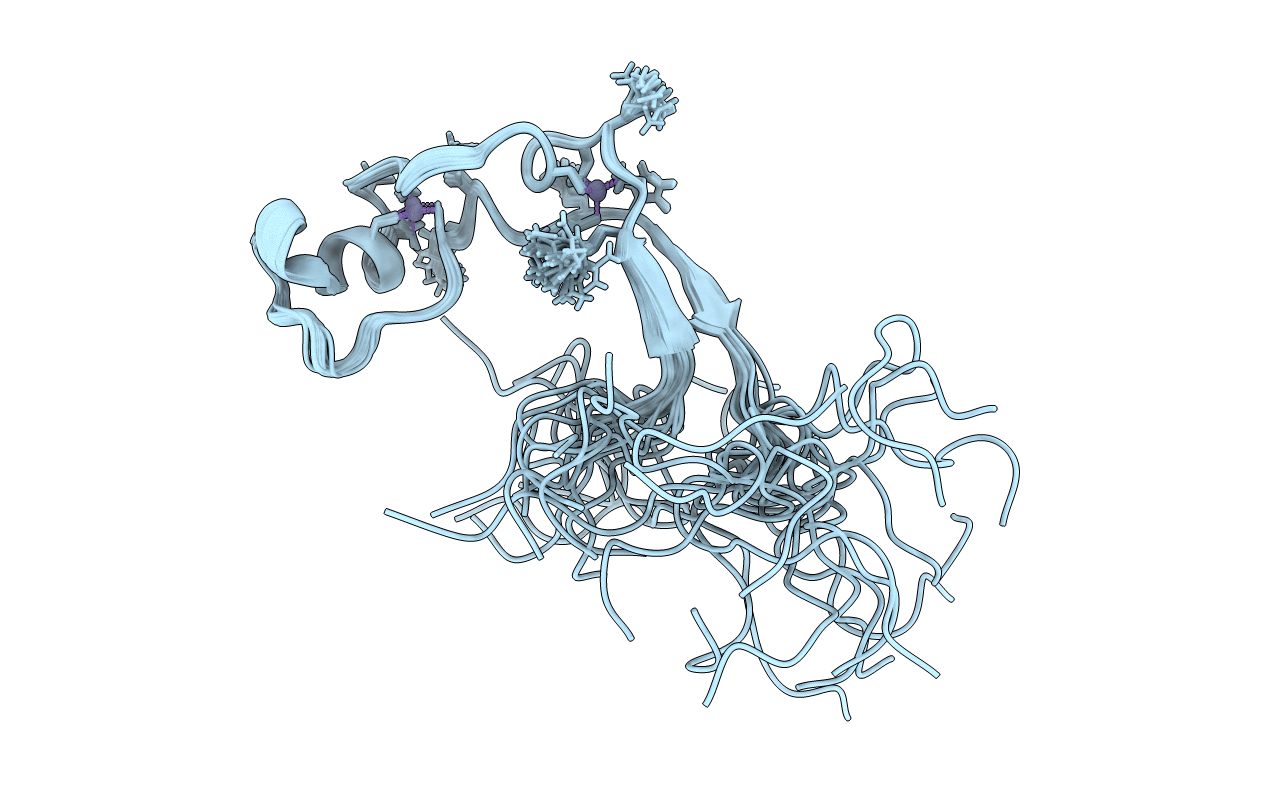
Deposition Date
2006-08-17
Release Date
2006-08-21
Last Version Date
2024-05-15
Entry Detail
PDB ID:
2J2S
Keywords:
Title:
Solution structure of the nonmethyl-CpG-binding CXXC domain of the leukaemia-associated MLL histone methyltransferase
Biological Source:
Source Organism:
HOMO SAPIENS (Taxon ID: 9606)
Host Organism:
Method Details:
Experimental Method:
Conformers Calculated:
20
Conformers Submitted:
20
Selection Criteria:
NO VIOLATIONS


